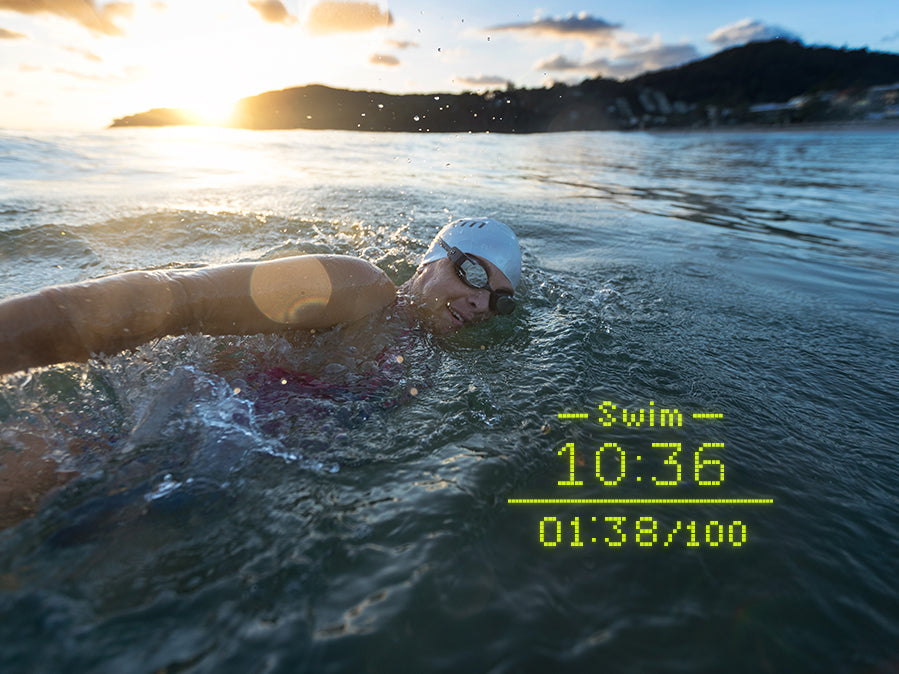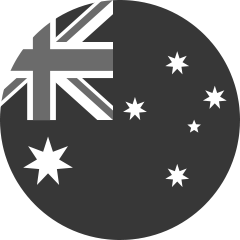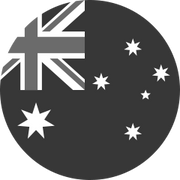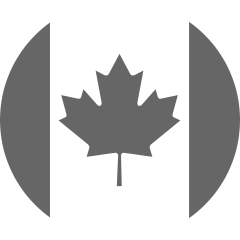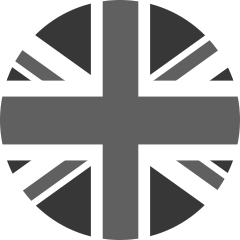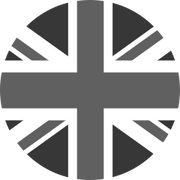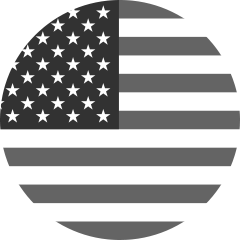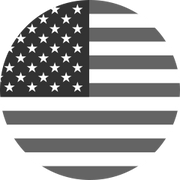Metrics to Focus on During Open Water Swimming
Open water swimming creates a divide amongst swimmers; you love it, you’re not a fan of it, or you’re somewhere in the middle. Open water has always been a fantastic way to train, as it sheds the constraints of a pool, allows for swimming without having to turn at the walls, and is easily accessible in many places. It also presents unique challenges in terms of structured training. There’s no coach yelling out splits, no walls to measure distance, nor a pace clock to keep time with.
As new technology enters the scene, the possibilities of structured open water training are expanding rapidly. New technology allows athletes to make informed decisions about their training and helps them better understand their strengths and weaknesses in open water.

With the open water swimming feature on the FORM Smart Swim Goggles, you can now use the data collected to take the guesswork out of pacing when training and racing. Looking at pace, heart rate, and stroke rate data allows you to compare between pool and open water swimming, which can help outline potential areas of improvement.
Pace
Having pacing data in open water and the pool allows us to look at differences between the two and interpret why those differences might exist. Some differences may be present due to the absence of walls in open water, but others may point to issues like comfort or currents in open water.
Tracking your pace during a challenging open water swim before race day can be a great way to plan your race effectively, take the guesswork out of pacing your swim, and allow you to reach your maximum potential.
Heart Rate
While pacing data is excellent, heart rate accounts for physiological responses and offers a way to know if your body has adequately recovered or not. Being able to log average heart rate and average pace after your swims allow you to compare the data to similar swims; a trend in higher paces at similar heart rates will indicate improvements.
On the other hand, a day where the pace is slower compared to heart rate may mean it’s time for you to take an easy day. Additionally, if you are consistently testing your heart rate zones, a decrease in beats per minute in a given zone is a good indicator of improvements.

Like pace, heart rate can be used to set targets for races but can be affected by your adrenaline on race day.
Stroke Rate
Unlike heart rate and pace, stroke rate is more nuanced in what can be gained from understanding it. Unlike pace, a higher or faster stroke rate is not always better. Instead, there’s a sweet spot where increasing or decreasing stroke rate will result in slower paces. This perfect rate is individual and having recorded stroke rate data from open water is a great way to figure out what your ideal stroke rate is.

When taken into consideration during your training, each focus metric offers valuable data points for your open water swimming lessons. By paying attention to each, you can make it to the start line of your next race as prepared as possible, and ready to seize the day.
